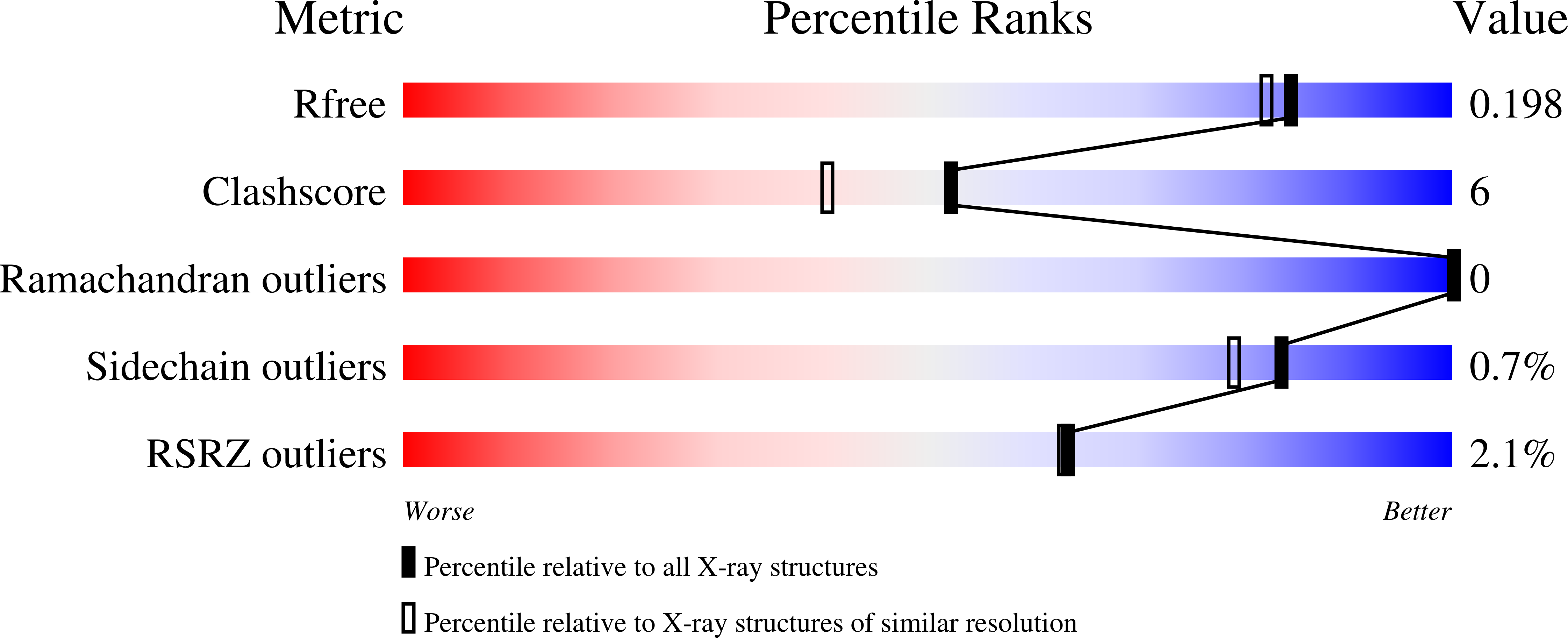
Deposition Date
2020-06-07
Release Date
2020-12-02
Last Version Date
2024-10-30
Entry Detail
PDB ID:
6XC0
Keywords:
Title:
Crystal structure of bacteriophage T4 spackle and lysozyme in monoclinic form
Biological Source:
Source Organism:
Escherichia virus T4 (Taxon ID: 10665)
Host Organism:
Method Details:
Experimental Method:
Resolution:
1.78 Å
R-Value Free:
0.19
R-Value Work:
0.15
R-Value Observed:
0.15
Space Group:
P 1 21 1


